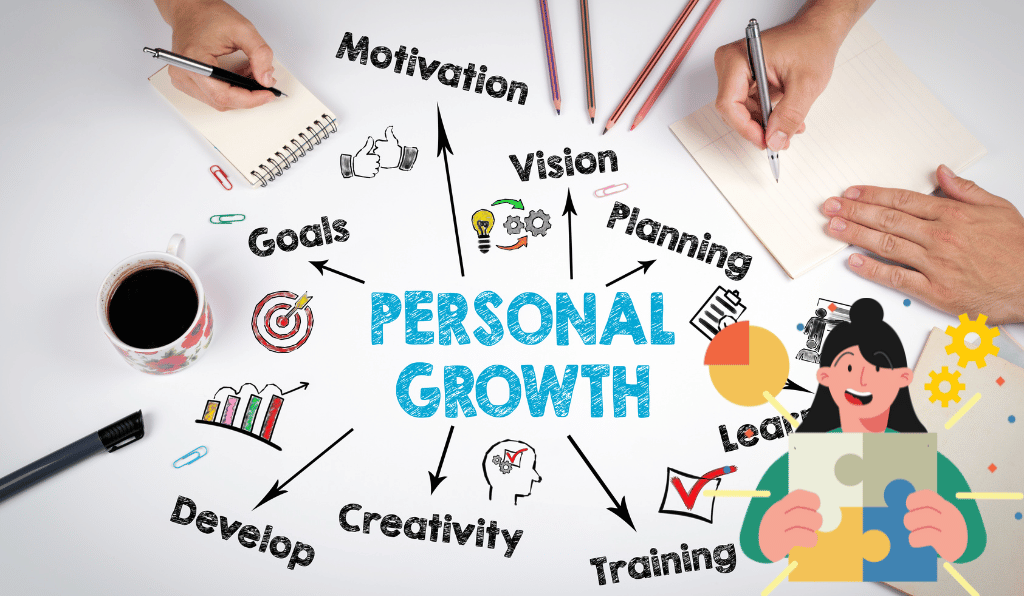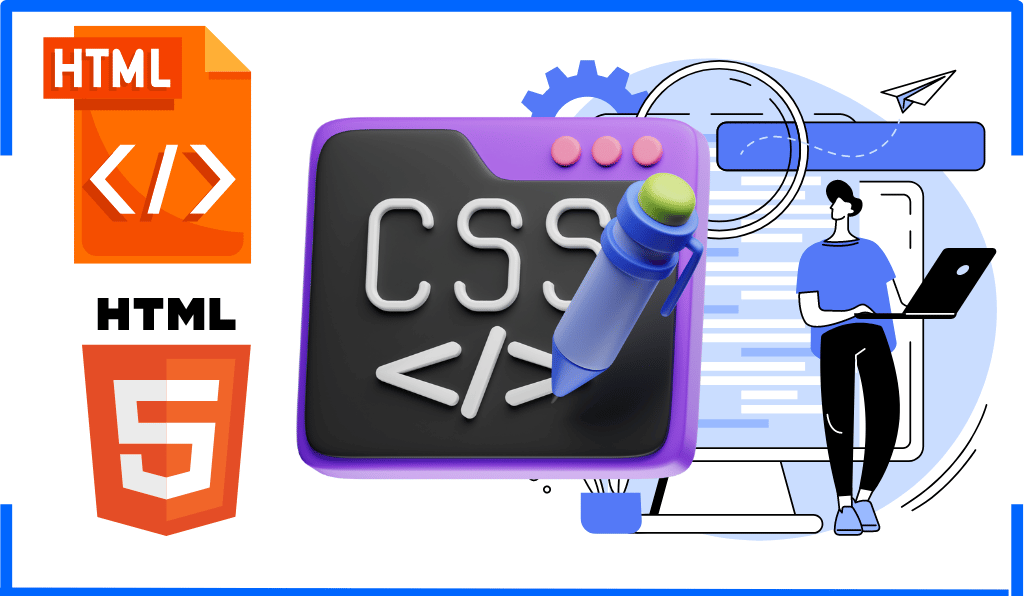
In today's fast-paced world, prioritizing well-being and happiness can feel like an uphill battle. Imagine achieving high performance at work without sacrificing your personal life. Whether you're a Happiness Engineer, Coach, High-Achieving Professional, or simply someone seeking better balance, this guide is designed for you.
This isn't just another guide—it's a transformative journey. Practical strategies for better time management and self-care will be explored, allowing you to lead by example and inspire those around you. Taking care of yourself isn't selfish; it's essential for overall happiness and fulfillment.
The Importance of Work-Life Balance
Understanding and achieving work-life balance is more crucial than ever. But what does work-life balance really mean? And why is it so important?
Defining Work-Life Balance
Work-life balance is not about splitting time equally between work and personal activities. Instead, it's about finding a healthy integration where professional responsibilities are met while also having the time and energy to enjoy personal life. It's about creating synergy where both aspects of life complement and enhance each other.
Why Work-Life Balance Matters
- Mental and Physical Health: Chronic stress from an imbalanced life can lead to serious health issues, including anxiety, depression, and heart disease. Maintaining a healthy balance can reduce stress and improve overall well-being.
- Increased Productivity: Contrary to the belief that longer work hours lead to higher productivity, numerous studies have shown that overworking can actually decrease productivity. When well-rested and happy, focus, creativity, and efficiency are enhanced.
- Better Relationships: A balanced life allows for quality time with loved ones, strengthening relationships. It also provides space to build meaningful connections outside of work, enriching social life.
- Personal Fulfillment: Achieving work-life balance enables the pursuit of hobbies and interests, contributing to a sense of personal fulfillment and happiness. It allows growth as an individual, beyond professional identity.
Strategies to Achieve Work-Life Balance
- Set Boundaries: One of the most effective ways to achieve balance is by setting clear boundaries. Define specific times for work and personal activities, and stick to them. This might mean turning off work emails after a certain hour or dedicating weekends to family and leisure.
- Prioritize Self-Care: Self-care is not a luxury; it's a necessity. Make time for activities that rejuvenate, whether it's exercising, reading, or simply taking a walk. Remember, you can't pour from an empty cup.
- Delegate and Outsource: It's not necessary to do everything personally. Delegate tasks at work and home whenever possible. Outsourcing tasks like cleaning or grocery shopping can free up valuable time for more important activities.
- Practice Mindfulness: Mindfulness techniques, such as meditation and deep breathing, can help stay present and reduce stress. Incorporating mindfulness into daily routines can significantly improve work-life balance.
- Flexible Working Arrangements: If possible, explore flexible working arrangements with employers. Remote work, flexible hours, or compressed workweeks can provide the flexibility needed to balance work and personal life.
The Role of Employers
Employers play a crucial role in fostering a culture of work-life balance. By offering flexible work policies, encouraging regular breaks, and promoting a healthy work environment, employers can help employees achieve better balance and, in turn, enhance overall productivity and job satisfaction.
Setting Goals for Well-Being
Setting goals for well-being provides a clear roadmap for where to go and how to get there. It helps focus on what truly matters, ensuring time and energy are allocated effectively. More importantly, well-being goals are instrumental in creating a life where high performance at work complements a rich and satisfying personal life.
Understanding Well-Being Goals
Well-being goals are specific, measurable, and actionable objectives that enhance physical, mental, and emotional health. Unlike traditional performance goals, which often focus solely on professional achievements, well-being goals encompass a holistic view of life.
The Benefits of Well-Being Goals
- Enhanced Job Performance: When physically and mentally healthy, productivity, creativity, and resilience are increased. Well-being goals ensure operating at the best.
- Reduced Stress: Clear goals help manage time better, reducing the stress and anxiety that come from feeling overwhelmed.
- Improved Relationships: Prioritizing well-being provides more time and energy to invest in relationships, both at work and at home.
- Personal Growth: Well-being goals encourage continuous self-improvement, helping grow as an individual beyond professional roles.
How to Set Effective Well-Being Goals
- Reflect on Priorities: Start by identifying what is most important. Is it spending more time with family, improving health, or advancing a career? Understanding priorities will guide the goal-setting process.
- Use the SMART Framework: Ensure goals are Specific, Measurable, Achievable, Relevant, and Time-bound. For example, instead of setting a vague goal like “exercise more,” set a SMART goal like “exercise for 30 minutes, three times a week.”
- Balance Professional and Personal Goals: Aim to set goals that enhance both work and personal life. For instance, a goal to improve public speaking skills can benefit a career, while a goal to meditate daily can improve mental health.
- Break Down Goals into Actionable Steps: Large goals can be daunting. Break them down into smaller, manageable tasks to make them more achievable. For example, if the goal is to read more, start with a target of one book per month.
- Monitor and Adjust: Regularly review progress and be flexible. If a goal is not working, adjust it rather than abandoning it. Life is dynamic, and goals should reflect that.
Examples of Well-Being Goals
- Physical Health: “I will walk 10,000 steps daily for the next three months to improve my fitness.”
- Mental Health: “I will practice mindfulness meditation for 10 minutes every morning to reduce stress.”
- Professional Development: “I will complete an online course in project management within the next six months to enhance my skills.”
- Personal Relationships: “I will schedule a weekly date night with my partner to strengthen our relationship.”
- Work-Life Balance: “I will leave work by 6 PM every day to ensure I have time for personal activities.”
Incorporating Well-Being Goals into Daily Routine
- Create a Daily Schedule: Allocate specific times for activities that support well-being goals. Consistency is key.
- Use Technology: Utilize apps and tools to track progress and remind of goals.
- Seek Support: Share goals with friends, family, or colleagues who can provide encouragement and accountability.
- Celebrate Small Wins: Acknowledge and celebrate progress, no matter how small. This will keep motivation high.
Conclusion
Setting well-being goals is a powerful way to ensure thriving in both personal and professional life. By taking a proactive approach to well-being, high performance at work can be achieved while enjoying a rich, fulfilling personal life.
In the next session, practical tools and techniques to stay on track with well-being goals will be explored. Stay tuned, and continue this journey towards a balanced and enriched life.
